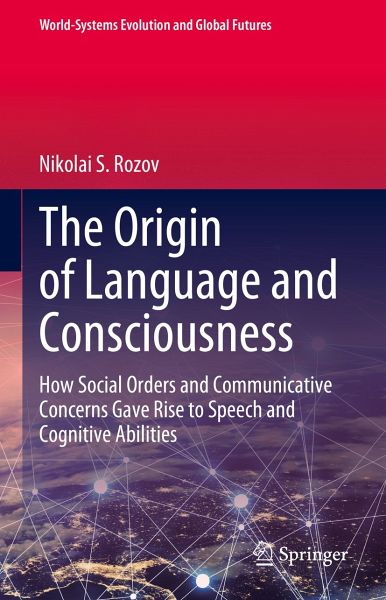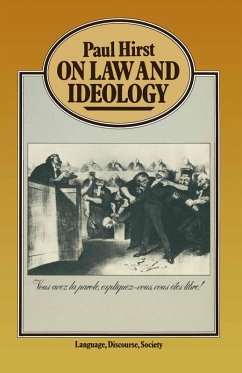
The Origin of Language and Consciousness (eBook, PDF)
How Social Orders and Communicative Concerns Gave Rise to Speech and Cognitive Abilities
Versandkostenfrei!
Sofort per Download lieferbar
104,95 €
inkl. MwSt.
Weitere Ausgaben:

PAYBACK Punkte
52 °P sammeln!
This book presents an evolutionary theory of the origin and step-by-step development of linguistic structures and cognitive abilities from the early stages of anthropogenesis to the Upper Paleolithic. Emphasizing the social nature of the human mind and using an extended version of C.Hempel's explanatory logic, the author proves that language and consciousness emerged and evolved through the daily efforts of our ancestors to overcome mutual misunderstandings in increasingly complex social orders with increasing tasks on memory, thinking, and normative regulation of behavior, with the addition o...
This book presents an evolutionary theory of the origin and step-by-step development of linguistic structures and cognitive abilities from the early stages of anthropogenesis to the Upper Paleolithic. Emphasizing the social nature of the human mind and using an extended version of C.Hempel's explanatory logic, the author proves that language and consciousness emerged and evolved through the daily efforts of our ancestors to overcome mutual misunderstandings in increasingly complex social orders with increasing tasks on memory, thinking, and normative regulation of behavior, with the addition of new and new communicative concerns.
The book addresses questions such as the following:
Accordingly, the book will appeal to scholars in various disciplines who are interested in a better understanding of the cognitive aspects of anthropogenesis and the ancient origins of language and consciousness.
The book addresses questions such as the following:
- What unique social conditions led to the emergence of the first protosyllables and protowords?
- What steps enabled the crossing of the "linguistic Rubicon" (between animal communication and human speech)?
- Why were syllables and phonemes needed?
- How did ourancestors overcome the difficulties of misunderstanding?
- How, when, and why did ancient people learn to speak in turns? Why did they begin to talk about past and distant events?
- What is consciousness and how did it evolve along with language?
- How many original languages were there and why are there roughly 200 philas (language macrofamilies)?
- How and why did the number of languages and the degree of their complexity change in pre-written history?
- Did the Romance languages really evolve from Latin?
Accordingly, the book will appeal to scholars in various disciplines who are interested in a better understanding of the cognitive aspects of anthropogenesis and the ancient origins of language and consciousness.
Dieser Download kann aus rechtlichen Gründen nur mit Rechnungsadresse in A, B, BG, CY, CZ, D, DK, EW, E, FIN, F, GR, HR, H, IRL, I, LT, L, LR, M, NL, PL, P, R, S, SLO, SK ausgeliefert werden.












